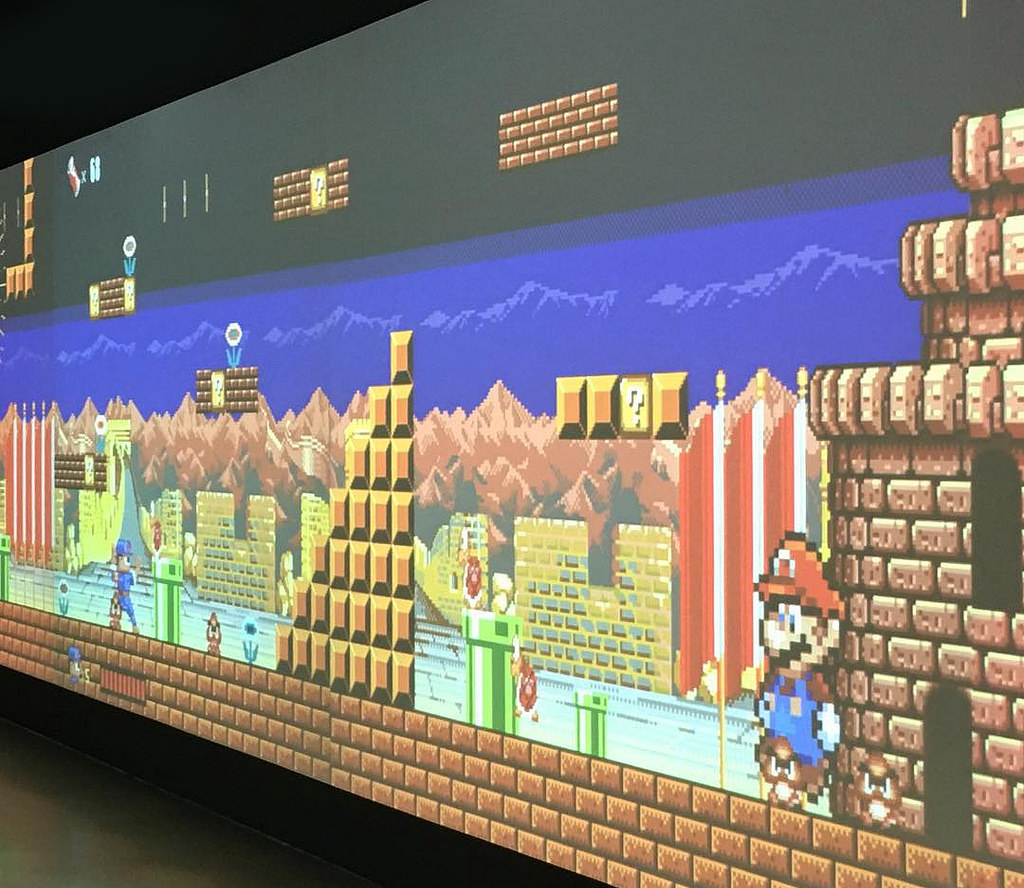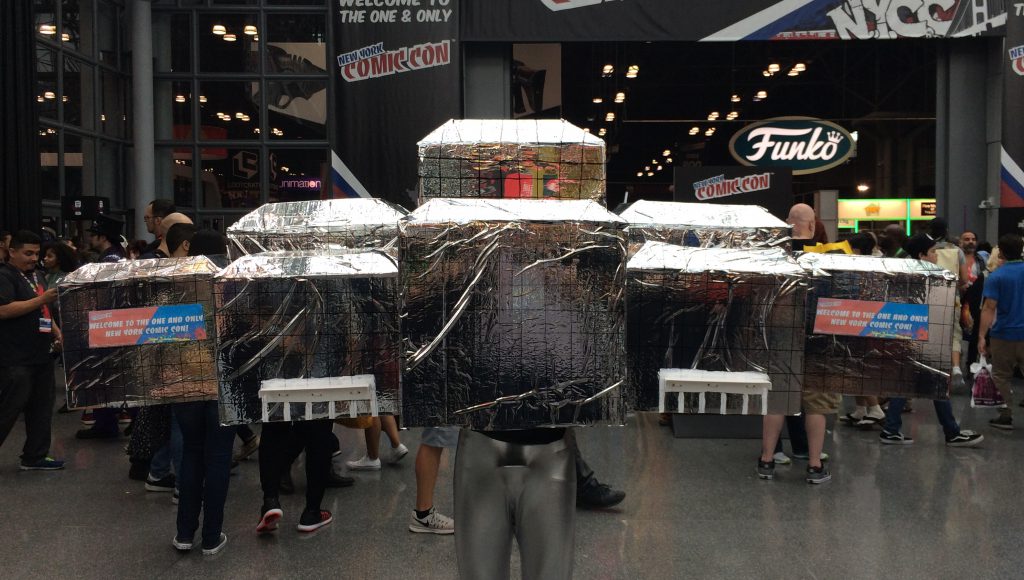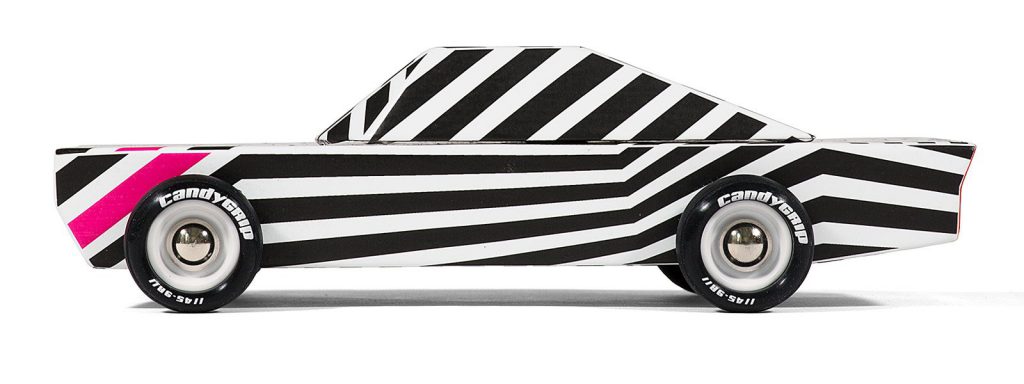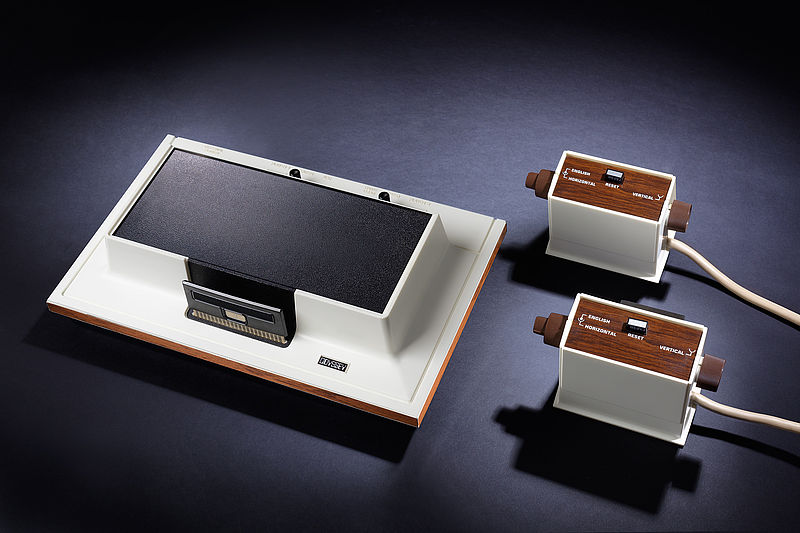Many museums today are faced with the conundrum of whether they’re places of entertainment or temples of knowledge where visitors come to be educated. The two, of course, aren’t mutually exclusive, as proven over and over by innovative, playful programming on serious topics in art, science, and history. This week’s Play Digest looks at how we’re gaming the gallery.
Many museums—let alone artists who have a history of creating museum-worthy, game-forward work or museums dedicated to play or gaming—have the creative drive and intellectual flexibility to embrace a more broad-thinking approach to incorporating interactivity and games in the galleries to be both entertaining and learning experiences.
Jane McGonigal thinks that the addictive and compelling nature of video games is something that can be translated in the museum setting, an opinion that has gained traction over time, if one that is not wholly agreed upon yet. One British museum studied how user interaction (through a game) could help visitors engage with “difficult objects” in the collection. If museums are the intersection of people and ideas through history, what excuse is there not to embrace new technologies, for example, in the form of games or augmented reality—and bring culture and technology into closer harmony. The gallery setting has the potential to manifest the perfect alignment of audience, object, and tech.
Then there are, of course, the controversies over the whether games (especially video games) can be considered art. There is plenty of support for this, even in unlikely places. New York’s Museum of Modern Art took the brunt of this criticism in 2012 when it famously acquired the first twelve of a projected (at the time at least) forty video games for its collection (an effort led by Paola Antonelli of the Department of Architecture and Design). The museum had, two years earlier, added Feng Mengbo’s important Long March: Restart to the Media and Performance Art collection, so why the kerfuffle over the design department embracing the medium? Since then there have been some updates to the collection itself and some thoughtful commentary around it (but not always).
While it seems the debate around whether games belong in museum collections or whether games are art lives on in some circles—PlayTime and other wide-ranging and culturally curious exhibitions—and playful approaches to the museum experience—have only just begun to realize their potential.
Check in next week for a new roundup of the latest play news and stories.
(Image credit: Courtesy of Gabriel de Andrade Fernandes on Flickr.)












